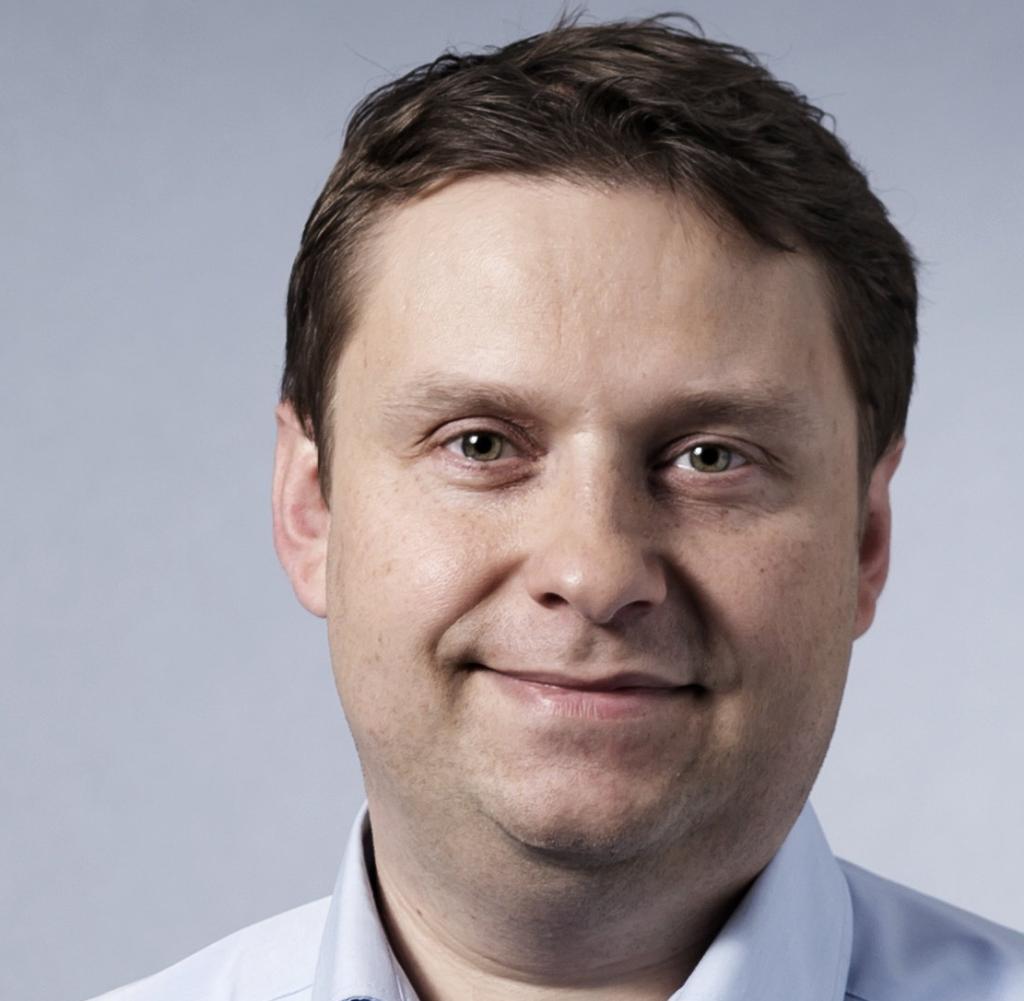Eleven days in May and June were enough to significantly improve the balance sheet of the world’s largest printing press manufacturer, Heidelberger Druck. During these eleven days, Drupa took place in Düsseldorf, the leading international trade fair for the printing and print media industry with 1,640 exhibitors and 170,000 visitors this time.
And Heidelberg has booked so many orders there that the recently ailing order intake has recovered, as the S-Dax group reports. This will now also lead to better utilization of production capacities at the start of the new 2024/2025 financial year. “Short-time work at the German locations will therefore end in June,” the company says.
Since last autumn, Heidelberger Druck has been plagued by a rather weak market development. The reluctance of customers may also be linked to the Drupa, which only takes place every four years, as the industry presents its new products and innovations there. And many printing companies have probably been waiting for this.
The printing industry is actually doing well, at least globally. “The industry is highly relevant and it is growing,” says Thomas Schiemann, Managing Director of the Printing and Paper Technology Association of the German Mechanical and Plant Engineering Association (VDMA). He estimates global sales at almost 840 billion euros. And by 2028, revenues are expected to grow by a good two percent annually, adjusted for inflation.
This development is primarily driven by label and packaging printing. “In emerging countries, prosperity is increasing and with it the demand for packaging,” explains Schiemann.
Germany is lagging behind somewhat in international comparison. “The market here is undergoing extensive consolidation,” says Kerstin Hommelhoff, the managing director of the German Printing and Media Association (BVDM). In 2023 alone, there were 50 closures or takeovers of printing companies nationwide.
There are now 6,900 companies left with 110,000 employees and an annual turnover of 17.6 billion euros. The vast majority of the remaining providers are small businesses. According to the BVDM, 90 percent of local printing companies have fewer than ten employees.
A large proportion of these will also disappear, industry experts predict. “The number could even halve,” believes Werner Drechsler, managing partner of the Düsseldorf-based Druckstudio Group, a premium provider among German printing companies. However, the disappearance of companies does not automatically mean a shrinking of printing volume.
BVDM representative Hommelhoff remains confident. “Print will always exist,” says the head of the association. Nothing would work without print. “Germany still has the largest newspaper market in Europe, mailings are the most important marketing tool for retailers and the packaging market is growing,” explains Hommelhoff. Every supermarket is a showcase for the printing industry. She also sees a trend towards high-quality printed products.
In any case, the Druckstudio group is doing well, very well in fact. “The last three years have been the best in the company’s history,” says owner Drechsler. However, the family business also has a unique selling point that few others on the market have. “We have been producing climate-neutrally since 2012,” explains Drechsler.
Back then, practically nobody was interested in that, but today it is a competitive advantage.” And this despite the fact that the 50-employee company, which recently had an annual turnover of over ten million euros, has invested a high six-figure sum in sustainability and the corresponding certifications. “Companies such as Telekom, Volkswagen and Porsche now come to us and have annual reports, image brochures and books printed here, which can then be declared as climate-neutral. This is becoming increasingly important for companies.”
It is therefore hardly surprising that sustainability was one of the key trends and topics at the recently concluded Drupa, as were digitization and automation. The latter is important because the printing industry is increasingly suffering from a shortage of labor and skilled workers. One in two printing companies is already complaining about personnel problems, according to a recent survey commissioned by Heidelberger Druckmaschinen, in which around 700 companies took part.
The industry leader now hopes that the increasing mechanization in the industry and the use of robotics and AI will make jobs more interesting for the younger generations. The modernization of the industry also leads to cooperation and partnerships. “Traditional industry leaders presented a wide range of digital solutions, digital pioneers integrated conventional components into their offerings,” says Drupa organizer Messe Düsseldorf.
Heidelberger Druck, for example, will be working with Canon in the future, as the two companies recently announced. A global sales and service cooperation for so-called inkjet sheet-fed printing machines was agreed. Orders in the mid-double-digit range for the new Jetfire 50 system were already received at Drupa.




